
Clair Obscur: Expedition 33 Review
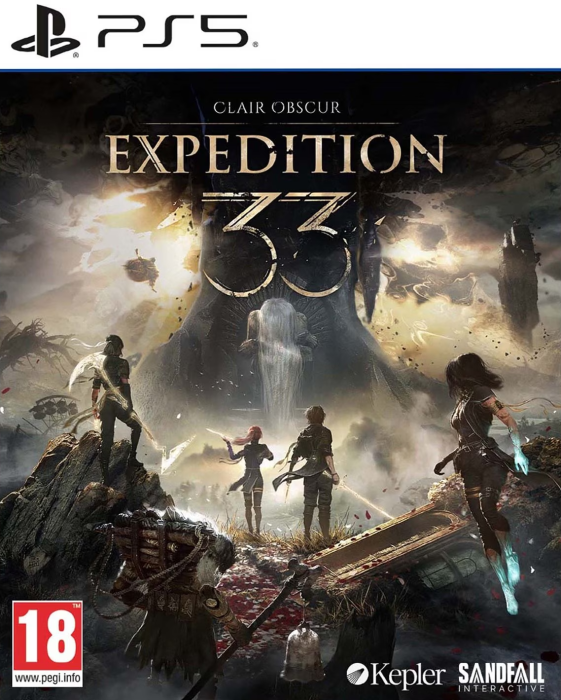
Pros
- A stunning world and great performances.
- A beautiful story that is equal parts loving homage to what came before and bold subversive tale of its own.
- Deep, rewarding, and flexible combat that evolves throughout the game.
Cons
- Combat timing window will be too harsh for some players.
Clair Obscur: Expedition 33 is so much more than it appears at first glance. Despite its small development team, the game is a shockingly deep turn-based RPG, which not only pays homage to its obvious inspirations, but uses the language and expectations of its genre to distract you while it pieces together a narrative much broader than it would appear. The result is one of the best games of the year, and a shining example of what video game development can be in 2025.
The art direction is stunning.
Fans Of The Genre
Much of the video game industry is inextricably linked to turn-based RPGs - Final Fantasy moving to the CD-based PlayStation system was a tectonic shift in the industry that can still be felt today. Countless developers will cite RPGs developed in Japan like Chrono Trigger, Vagrant Story, Persona, SMT, Earthbound, Xenogears/saga/blade as their favorite games and ones that inspire them in their own work today. Yet despite this, as well as the fact that many of these games were built on the foundation of western computer games like Wizardry and Ultima, there have been fleetingly few attempts by non-Japanese studios to develop turn-based RPGs in this style.
Maybe the ill-fated Anachronox lingers long in the mind of publishers, or maybe Western devs simply prefer the more D&D-esque dice-rolling approach to role-playing seen in games like Disco Elysium, Baldur’s Gate or Divinity. Whatever the reason, outside of indie game love letters to the genre like Undertale and Chained Echoes, we rarely, if ever, see Western-developed games in the mold of what is often colloquially and somewhat problematically referred to as JRPGs.
Clair Obscur has no problem with using this age-old mold for its own benefit. A team of young adventurers must embark on a great journey to dethrone a cruel god, meeting many a strange creature and culture along the way. However, the team at Sandfall Interactive takes almost every key element of the formula and readjusts it through a Parisian culture and life experience. I love games that take established tropes and genres and reinterpret them through a different cultural lens, you can see when comparing Remedy’s Finnish version of a Lynchian Pacific Northwest American town in Alan Wake 2, and juxtapose it next to Swery’s Japanese view of the same source material that inspired Deadly Premonition.
The inspiration of Parisian culture is palpable throughout.
Expedition 33’s twists on RPG genre staples feel uniquely wartime European, mixed with a modern youthful apathy towards forces outside of our control, dooming us and our children to worse and worse lives. The Paintress paints an ever smaller number on a monolith every year, and with every passing year, everyone of that age dies, and in response, the people of Lumiére send out wave after wave of doomed expeditions to try to reach and kill her.
Unprecedented Times
There are plenty of dark video games, but Expedition 33 feels morose in its opening hours. There is a resignation to mourning that these characters feel, knowing that the worst is yet to come, and it strikes quite the emotional chord in the unprecedented times of 2025. The game picks up following Gustave and his found family of Maelle, who, like many Lumiéreans, has been orphaned by The Paintress’ yearly Gommage, right as they plan on embarking on another year’s expedition alongside the Gommage of those who’ve turned 34. Most of the year’s expedition, like the playable party members of Gustave, Lune, and Sciel, are 33 years old and chose to take on improbable odds of surviving outside of Lumiére in the hope that they might spend their last year alive finding out why The Paintress has doomed them all. Maelle, however, despite only being 16, also decides to join the expedition as she feels she has no future in Lumiére anyway.
The cast of characters holds up with some of the best RPG casts in the genre.
Things go to hell almost immediately as the crew are attacked by someone that appears to be impossibly old. From here, Clair Obscur takes the form of a classic RPG in its first act. You adventure through stunningly impossible environments that are basically linear dungeons scattered across an overworld, battling enemies called Nevrons, recruiting party members, and befriending local, moogle-like creatures called Gestrals. You even partake in a brief tournament arc, before finding someone who will help you traverse the overworld map faster. The game really plays all the hits in the first 10 hours.
However, despite sticking to a formula you’ve probably played before, Expedition 33 stays interesting in these early hours with great lead performances and a combat system that is as deep as it is challenging. Daredevil’s Charlie Cox plays Gustave in the English dub, and he, along with the rest of the principal cast, put in great performances. While the likes of Jennifer English as Maelle, Ben Starr as Verso, and Andy Serkis as Renoir get to do a whole lot more scenery chewing as the game goes on, Cox grounds the early hours with a mournful quiet anger that makes him very sympathetic, and does a lot to build to tone of this world as something much darker than even the RPGs that inspired it.
Turn-based Triumph
That inspiration does manage to still shine through, especially in the combat, which seems to have had the mechanics of several different menu-driven RPGs combat smashed into one system, only for it to come out all the better for it. This is because the combat focuses on each party member having their own unique mechanics that can be upgraded and exploited to different degrees.
The game doesn’t have MP that you have to manage; instead, the longer battles are sustained by Action Points that regen with basic attacks and other moves. Gustave plays the most traditionally with a more powerful, charged attack that he builds up by doing lower damage, multi-hit attacks first, but characters like Lune and Sciel have their own unique flow. Lune does a lot of elemental-based damage and healing actions that build up elemental charges. If she builds up (for example) extra fire charges, her next healing action will also give characters a regen. Sciel, on the other hand, can place stacks of “Moon” charges on enemies, which she can cash in with high AP attacks to do extra damage.
The timing mechanic in combat might put some people off.
All of these characters have skill trees that let you purchase different attacks as you level up, and depending on how you build your character, your combat experience can be very different from playthrough to playthrough. These different skill sets and mechanics not only keep gameplay feeling fresh, but allow you to synergize your party of three until you are racking up some ridiculous damage numbers. By the time I saw credits, I had built out a strike team of Maelle, Sciel, and Lune, where Maelle made enemies weak to Lune’s fire attacks, which did damage while Sciel built up “Moon” stacks, and thanks to fire charges Lune could keep Sciel and the party alive until she was ready to do massive damage to bosses. Exploring combat options is encouraged by the game frequently giving you an item that allows you respec your characters to play different roles.
This combat is then garnished with a Mario RPG topping of timed attacks, parries, and dodges. This will likely be a divisive part of the combat for some, because enemies in Clair Obscur hit hard. Your party can be wiped in combat before you even get a chance to attack if enemies are hitting you and learning the dodge, perfect dodge, and parry windows for almost every enemy (and most of their attacks) is a requirement if you’re planning on finishing the game. What’s more, while the QTEs that appear when you attack (to do extra damage) can be set to automatic, no such assistance applies for avoiding enemies’ attacks, which don’t even include a button prompt – you just need to learn the animation wind-up timings and tells. I enjoyed this for the most part, but sadly, it will make the game somewhat inaccessible for players with lower reaction speeds. I understand it’s a core part of the gameplay, but it would be nice if you could widen the timing window a bit more beyond even the Story difficulty for people who struggle.
From here Clair Obscur continues to layer in more combat mechanics as the game goes on: jumping dodges, counterattacks, gradient attacks, equipping pictos, and lumina upgrades. There is a lot and if you neglect paying attention to even one, you can find yourself struggling in fights. Thankfully, when you do engage with all the game’s systems, everything starts to sing and the combat becomes a strategic joy.
Painting Technique
But all this — the comparisons, the descriptions of the combat, systems, and characters and set up of the world — undersells what Expedition 33 is. Some early plot twists, you’ll probably see coming, especially if you have either played an RPG before or watch a lot of films, but for all the hours you spend watching Expedition’s right hand, it builds the foundation to take some truly subversive swerves in its later acts. While the shifting aspect ratios, and cinematic-like editing lay the groundwork for a prestige RPG, things do not go where you’d expect. There isn’t much to be said without breaking embargo or ruining the experience, but the first part of the game’s name isn’t just two random words, and the game’s dedication to a message about breaking cycles goes much further than you’d expect, and that paired with its stunning, and oftentimes unique presentation, make the game feel like much more than the sum of its parts.
Light and dark themes are constant throughout the story.
That’s because in many ways Expedition 33 is more than the sum of its parts. Sandfall has talked a lot how the team is made up of less than 35 people, how it strategically used freely available Unreal Engine environmental assets to help build a world effectively, and Kepler is releasing the game at the (now) budget price of $50, but despite that, Clair Obscur feels big, it feels important, it feels like a game for now, that you’ll be thinking about for years to come. Expedition 33 might be built off of the groundwork laid by decades of creatives that came before, but its impact is wholly singular and essential in its own right.
A Light in the Dark
Clair Obscur feels big, it feels important, it feels like a game for now, that you’ll be thinking about for years to come. Expedition 33 might be built off of the groundwork laid by decades of creatives that came before, but its impact is wholly singular and essential in its own right.
Gameplay:
Sound:
Graphics:
Story:
Value Rating:

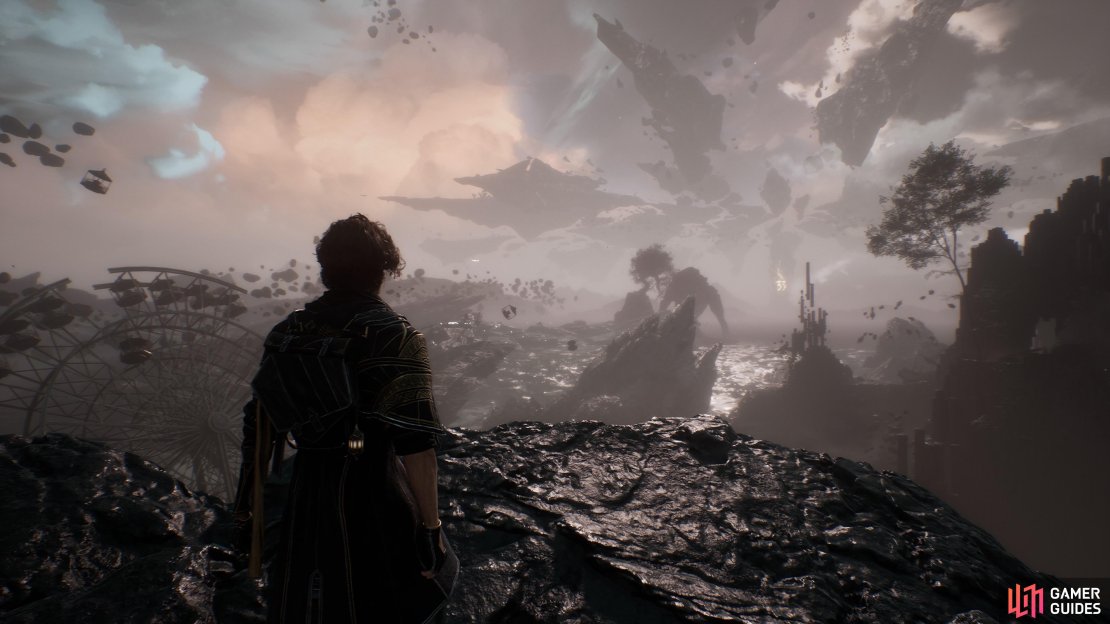
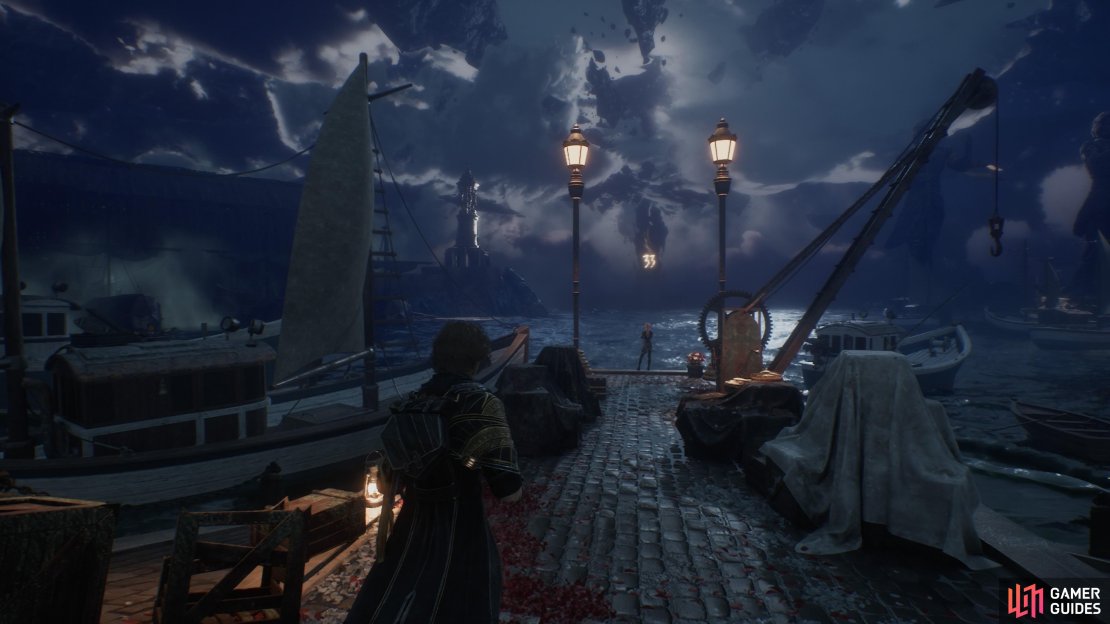
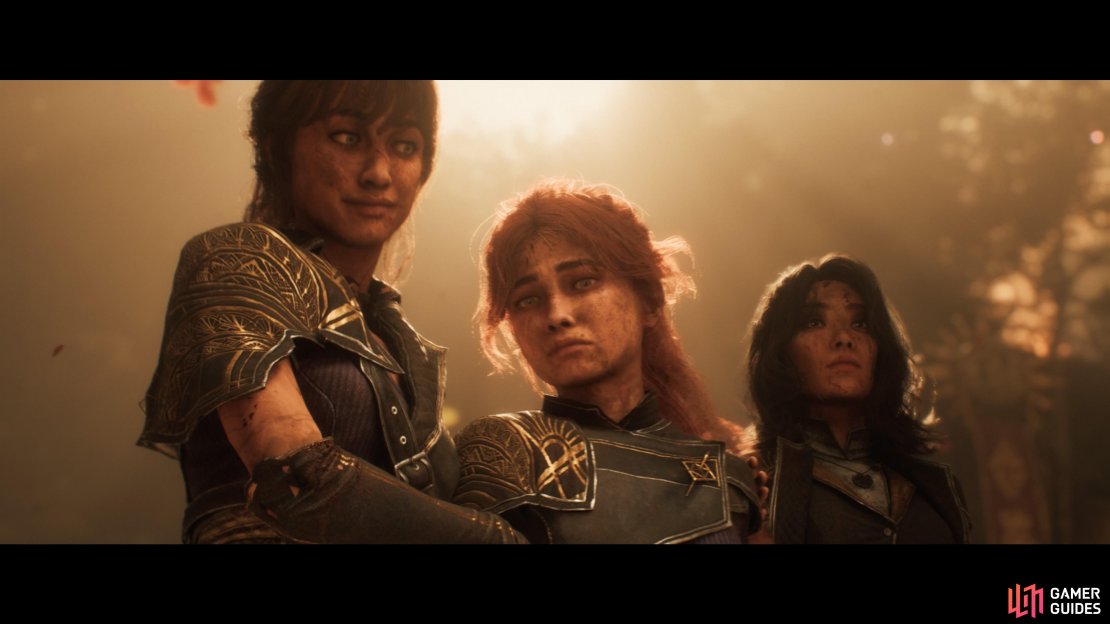

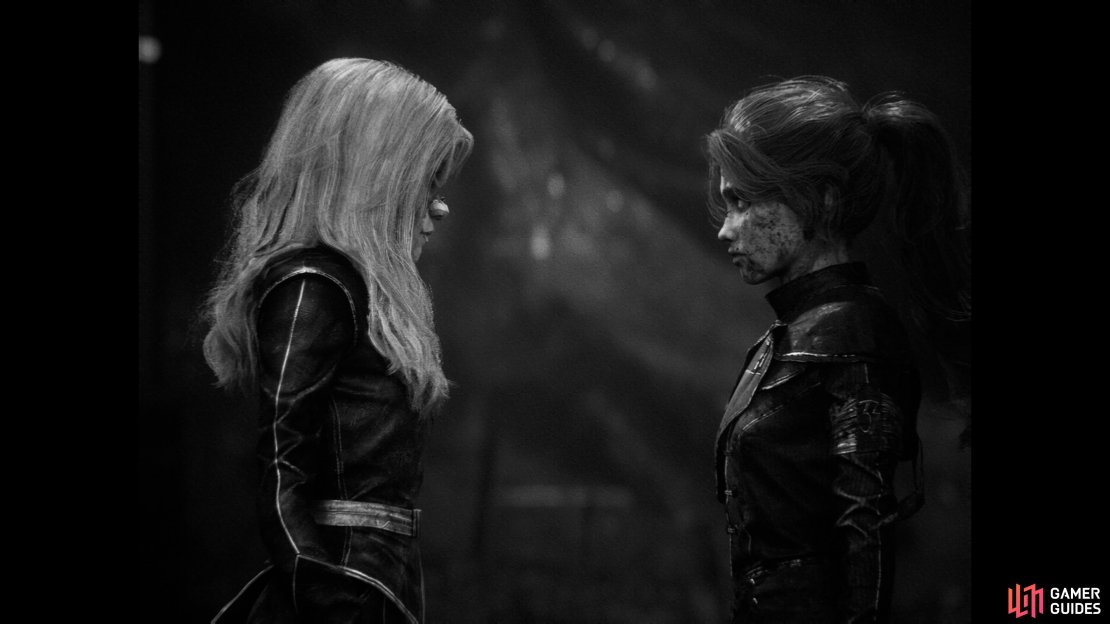
No Comments